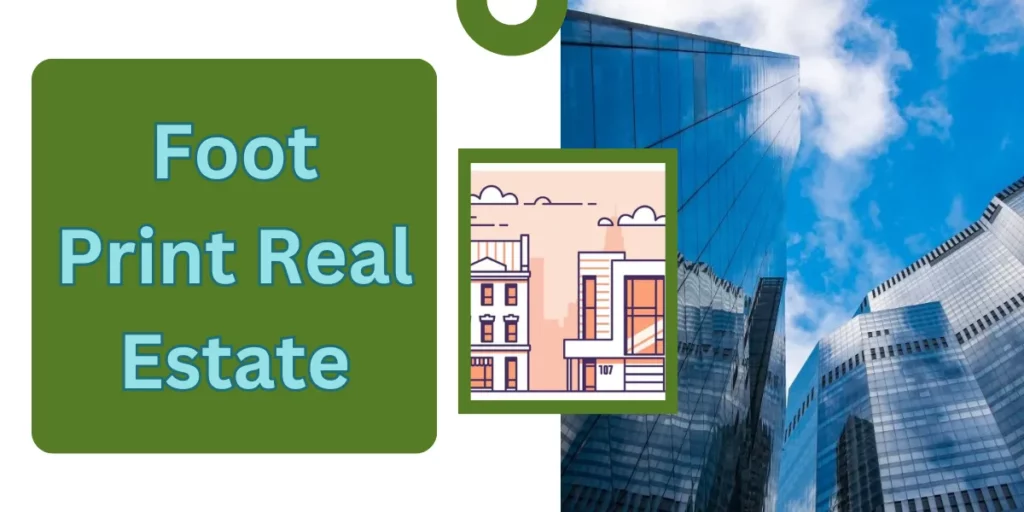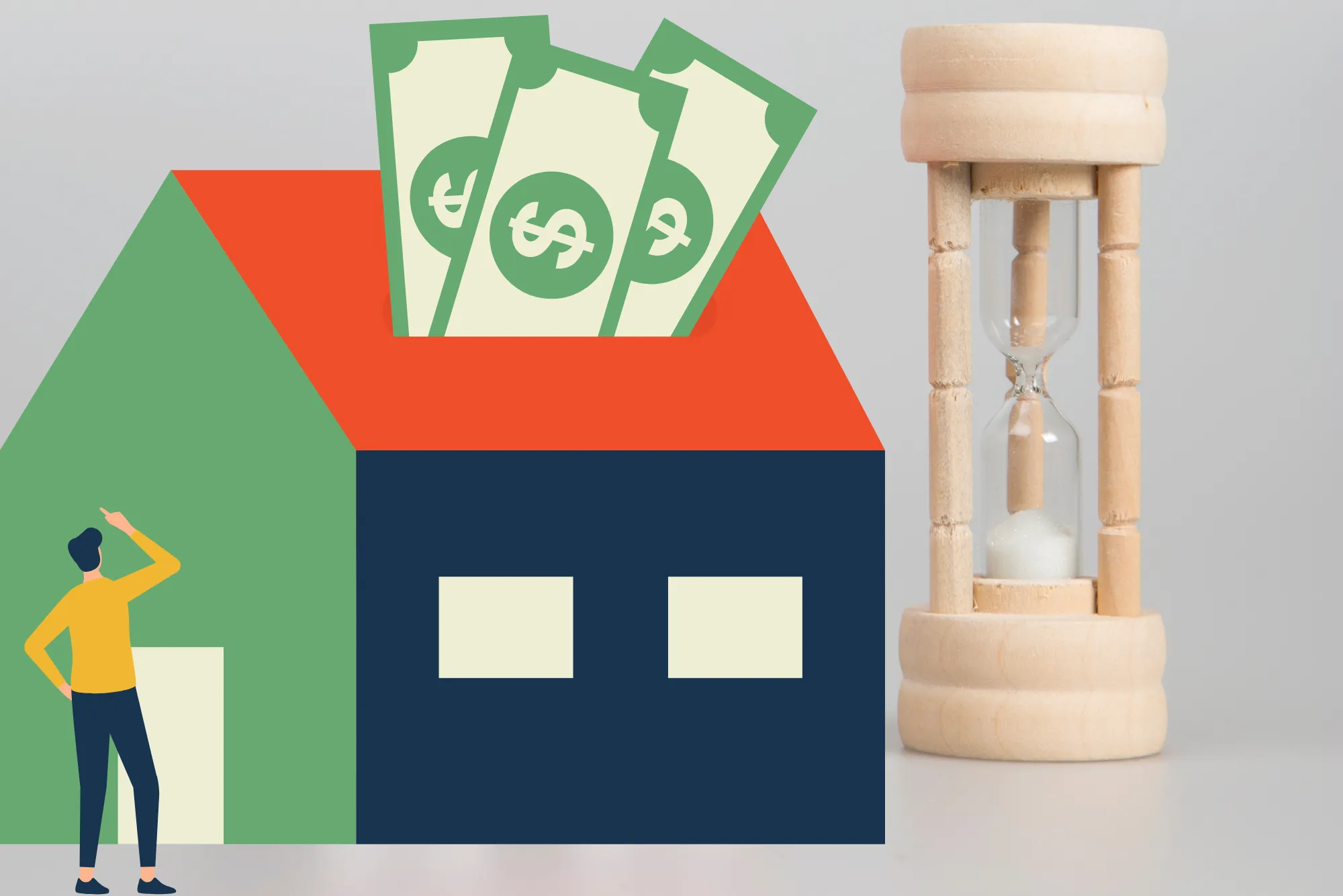Footprint Real Estate: Building a Sustainable Future
In recent years, the concept of sustainability has gained significant attention across various industries. One sector that has taken notable strides towards a greener future is the real estate industry. With increasing awareness about environmental concerns and the need for responsible development, the notion of “footprint real estate” has emerged. This article explores the concept of footprint real estate, its significance, and how it contributes to a sustainable future.
Defining Footprint Real Estate
Footprint real estate refers to the practice of designing, constructing, and managing buildings in a manner that minimizes their environmental impact throughout their lifecycle. It involves incorporating sustainable strategies and technologies to reduce carbon emissions, energy consumption, and resource depletion. The aim is to create buildings that leave a smaller ecological footprint while providing comfortable and healthy spaces for occupants.
Sustainable Design and Construction
The foundation of footprint real estate lies in sustainable design and construction practices. Buildings are designed to maximize energy efficiency, optimize natural light and ventilation, and reduce the use of non-renewable resources. Foot Print Real Estate Sustainable materials, such as recycled or locally sourced materials, are used whenever possible. Additionally, techniques like green roofs, rainwater harvesting, and smart landscaping are employed to enhance sustainability.
Energy Efficiency and Renewable Energy
Energy consumption in buildings is a significant contributor to carbon emissions. Footprint real estate focuses on minimizing energy use through efficient insulation, high-performance windows, and advanced heating, ventilation, and air conditioning (HVAC) systems. Furthermore, renewable energy sources like solar panels, wind turbines, and geothermal systems are integrated to generate clean energy, reducing dependence on fossil fuels and lowering the carbon footprint of the building.

Water Conservation and Management
Water scarcity is a growing global concern, making water conservation a crucial aspect of footprint real estate. Low-flow fixtures, dual-flush toilets, and sensor-based faucets help reduce water consumption. Additionally, innovative techniques like graywater recycling, stormwater management systems, and on-site water treatment plants are implemented to optimize water usage and minimize strain on local water resources.
Waste Management and Recycling
Effective waste management is another key component of footprint real estate. Buildings are equipped with recycling facilities and promote waste segregation practices. Sustainable construction methods, such as reducing construction waste and reusing materials, are prioritized. By implementing recycling initiatives and promoting a circular economy approach, the amount of waste sent to landfills is minimized, leading to a cleaner and greener environment.
Footprint real estate exemplifies the real estate industry’s commitment to sustainability and responsible development. By incorporating sustainable design, energy efficiency, water conservation, and waste management practices, buildings can significantly reduce their environmental impact. Such initiatives not only contribute to a greener future but also provide healthier and more comfortable spaces for occupants.
As the demand for sustainable solutions continues to grow, the adoption of footprint real estate practices will play a vital role in shaping a more sustainable and resilient built environment for generations to come.






